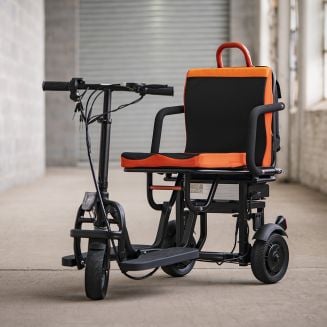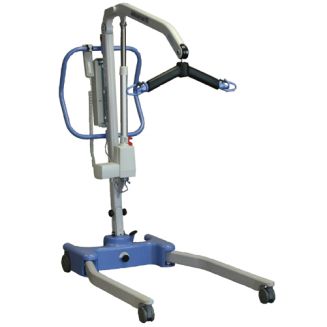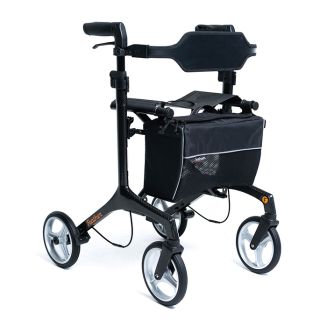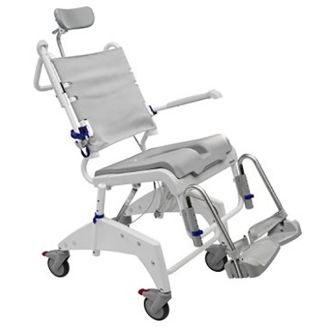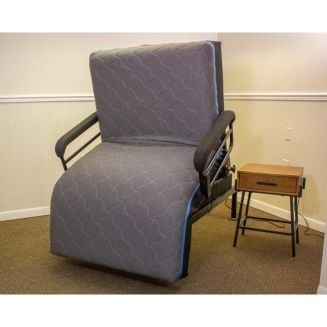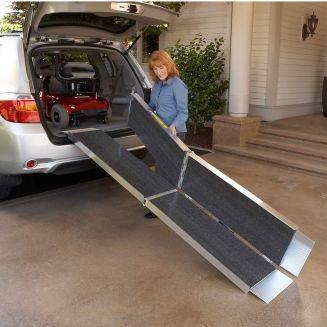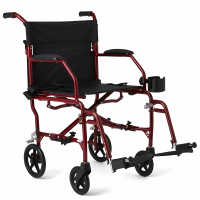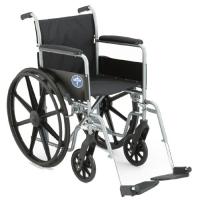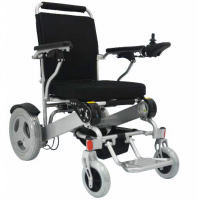How Much Does A Wheelchair Weigh?
Manual Wheelchairs typically weigh between 15 lbs. and 60lbs. Power Wheelchairs weigh between 50 lbs. and 250 lbs. The differences in weight are due to the motor (or lack of motor), materials used, and accessories.
Helpful hints:
- The lighter your wheelchair, the easier it is to propel yourself or to lift into a car.
- The industry often lists weights without leg-rests included (i.e. frame only).
Why is weight important?
All other things being equal, lighter wheelchairs are easier to push and maneuver. Also, they allow for relatively stress-free transportation.
Consider your lifestyle, how often you might transport your wheelchair, and who will have to lift it into a car’s trunk. If you or your caregiver are not particularly stronger, a lighter wheelchair might fit your needs perfectly.
Wheelchairs come in four general weight classes:
Transport Wheelchair - 15lbs. - 30lbs.
- A transport wheelchair has smaller wheels than most wheelchairs.
- Typically used for traveling to the mall, restaurant or the park.
- Weight is important because the lighter, the chair the easier it will be to lift into a car.
- However, because of the smaller wheels, a transport wheelchair cannot be self-propelled.
Standard Manual Wheelchairs - 35 lbs. - 40 lbs.
- These are your basic wheelchairs that you may see at an airport or hospital.
- They tend to be on the heavier side since they are very sturdy and made for commercial use.
- These chairs are not recommended for self-propelling long distances or for lifting into a vehicle. They may cost less, but are very heavy and awkward to lift into a car.
Lightweight Wheelchairs - 15 lbs. 35 lbs.
- These chairs are specifically built for moving and lifting. Because they are so light, they are easy to push, self-propel and lift into a car or bus. Note: The lighter the chair, the more it will probably cost. However, chances are you won't regret purchasing a super light chair.
- Lightweight wheelchairs come in two types of frames: folding frames and rigid frames.
-
- Folding frames are easy to fold and are great for senior citizens (65+).
- Rigid frames are great for younger users (18 - 65) who are self-propelling most of the day. Think of them like racing bikes - very light, not a lot of moving parts, and super-efficient.
Heavy Duty Wheelchairs - 40lbs. - 60lbs.
- For users who are over 300 lbs. and need wider seats and a stronger frame.
- Because of their reinforced frames, these chairs are the heaviest. If you need to lift this chair into a vehicle, using a wheelchair ramp is vital.
Power Wheelchairs - 50lbs. - 250lbs.
- Battery powered by an electric motor
- 4 mph to 8 mph max speed
- Driving range: 7 to 20+ miles

